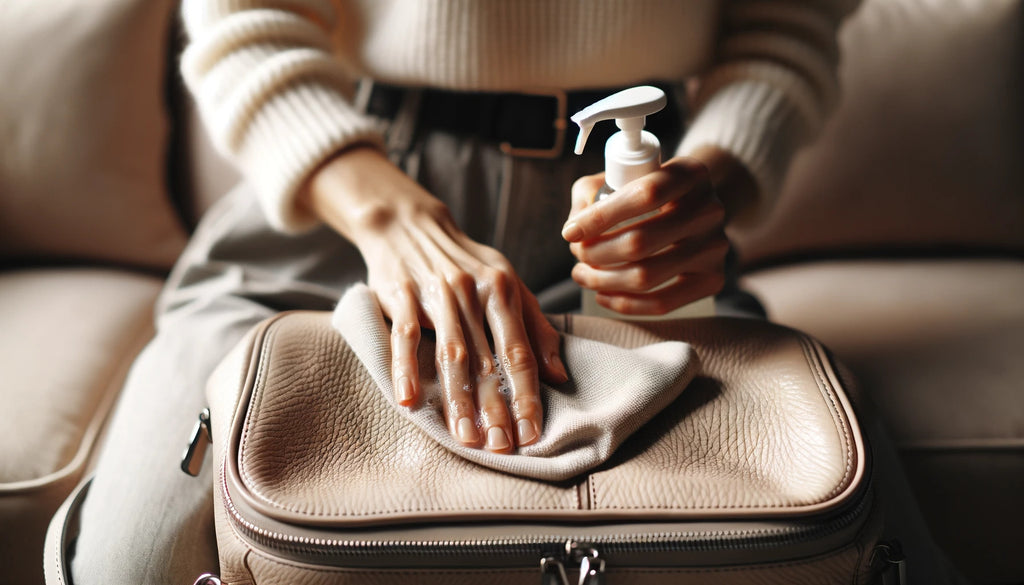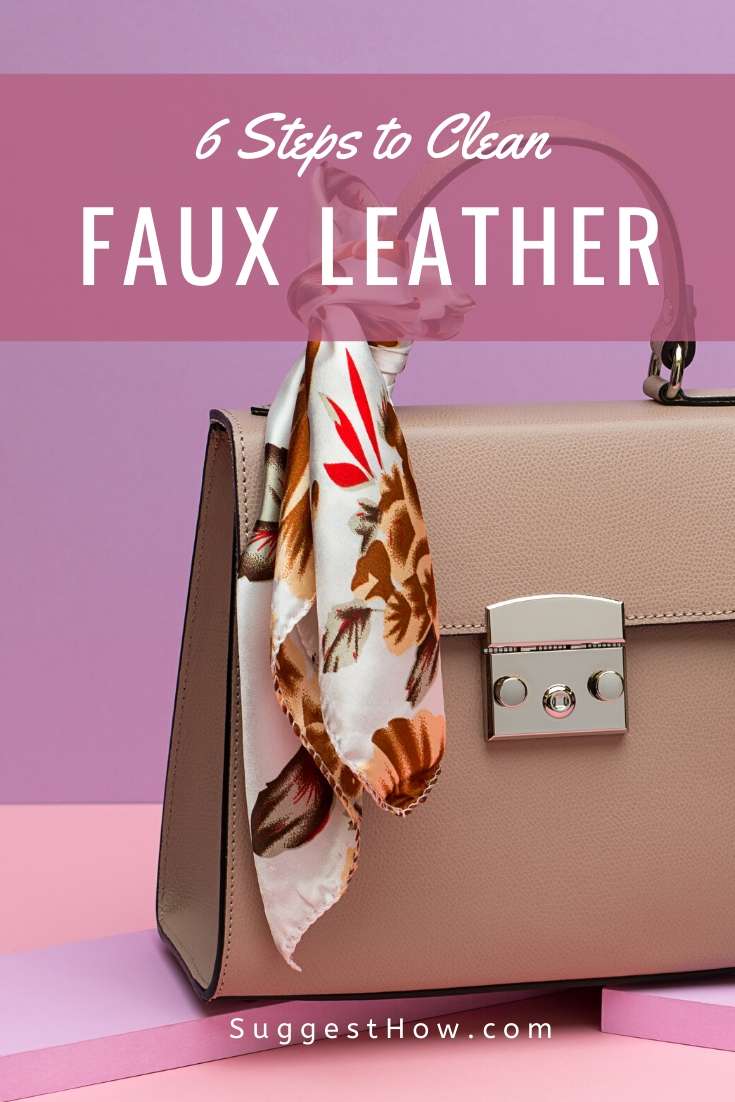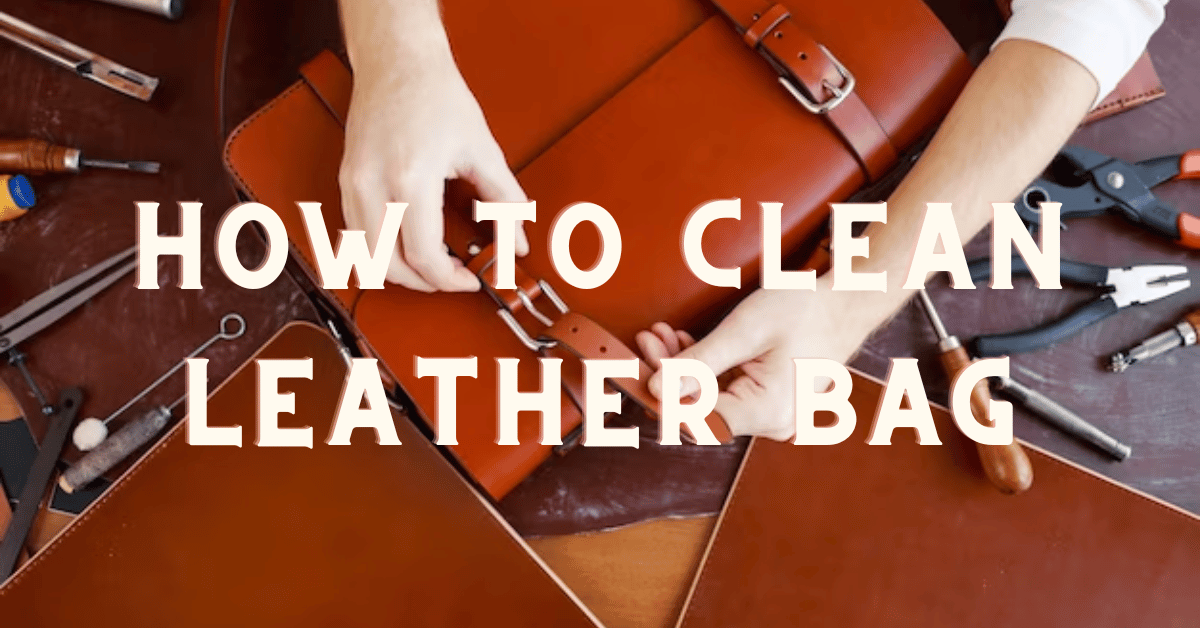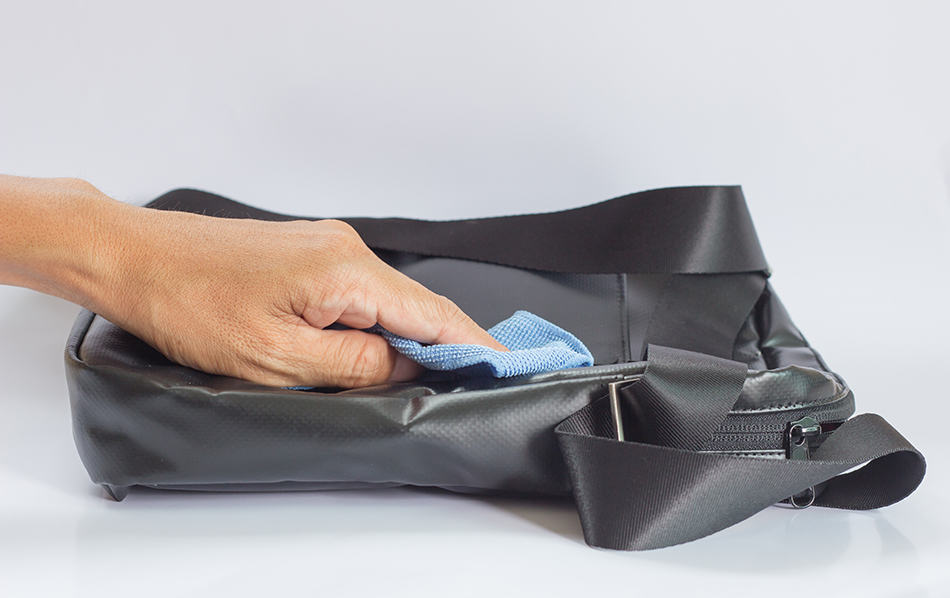How To Clean Fake Leather Bag

The ubiquitous nature of fake leather, or vegan leather as it's often marketed, has transformed the fashion landscape, offering an accessible and seemingly ethical alternative to genuine leather. But the allure of affordability and animal welfare often overshadows a crucial aspect: proper care and maintenance. Failing to correctly clean a faux leather bag can lead to irreversible damage, diminishing its lifespan and negating any initial cost savings. This comprehensive guide delves into the intricacies of cleaning faux leather bags, providing a structured approach to ensure longevity and preserve their aesthetic appeal.
This article serves as a definitive resource for effectively cleaning fake leather bags. It outlines specific cleaning methods, product recommendations, and preventative measures. Readers will learn how to identify different types of faux leather, understand the risks of using harsh chemicals, and implement a regular cleaning routine to prolong the life of their bags.
Understanding Faux Leather
Faux leather, also known as pleather, vegan leather, or artificial leather, is typically made from two primary materials: polyurethane (PU) and polyvinyl chloride (PVC). PU leather is generally considered higher quality due to its softer texture and breathability, mimicking the feel of genuine leather more closely.
PVC leather, on the other hand, is more rigid and less breathable but often more durable and water-resistant. Recognizing the type of faux leather your bag is made from is the first step in selecting the appropriate cleaning method.
Essential Cleaning Supplies
Before embarking on the cleaning process, gather the necessary supplies. These include a soft microfiber cloth, mild dish soap, warm water, and a small bowl. For tougher stains, consider investing in a specialized faux leather cleaner, but always test it on an inconspicuous area first.
Avoid using harsh chemicals, abrasive cleaners, or bleach, as these can damage the surface of the faux leather, causing discoloration or cracking.
Step-by-Step Cleaning Guide
1. Empty the Bag
Begin by completely emptying the bag. Remove all contents, including small items tucked into pockets. Turn the bag inside out and shake out any loose debris or crumbs.
2. Prepare a Cleaning Solution
Mix a small amount of mild dish soap with warm water in the bowl. The solution should be lightly sudsy, not overly concentrated.
3. Wipe Down the Exterior
Dampen a clean microfiber cloth with the soapy water solution. Gently wipe down the entire exterior surface of the bag, paying attention to areas with visible dirt or stains.
4. Address Stains
For specific stains, use a targeted approach. Dab the stain with a clean cloth dipped in the soapy solution, working from the outside in to prevent spreading. Avoid rubbing vigorously, as this can damage the faux leather.
5. Rinse and Dry
Dampen a fresh microfiber cloth with clean water. Wipe down the bag to remove any soap residue. Pat the bag dry with another clean, dry microfiber cloth.
Allow the bag to air dry completely in a well-ventilated area, away from direct sunlight or heat. Direct sunlight can cause the faux leather to fade or crack.
Tackling Specific Stains
Certain stains require specialized treatment. For ink stains, try using rubbing alcohol sparingly, dabbing the stain gently and wiping it away with a clean cloth. For oil-based stains, a mixture of baking soda and water can help absorb the oil before cleaning with soap and water.
Always test any stain removal method on an inconspicuous area of the bag first to ensure it doesn't cause discoloration or damage. If the stain persists, consider consulting a professional leather cleaner who has experience working with faux leather materials.
Preventative Measures
Prevention is key to maintaining the condition of your faux leather bag. Regularly wipe down the bag with a damp cloth to remove dirt and grime before they accumulate.
Store the bag in a dust bag or pillowcase to protect it from dust and scratches. Avoid storing the bag in direct sunlight or humid environments.
Consider applying a faux leather protectant spray to create a barrier against stains and water damage. These sprays can be found at most shoe repair shops or online retailers specializing in leather care products.
The Environmental Impact
While often marketed as a more ethical choice than genuine leather due to its lack of animal cruelty, the environmental impact of faux leather production should also be considered. PVC, in particular, is a petroleum-based product and its manufacturing process can release harmful chemicals into the environment.
PU leather is generally considered a slightly more environmentally friendly alternative, but it still relies on fossil fuels. Consumers should weigh the environmental impact alongside ethical considerations when choosing between faux and genuine leather products.
Expert Opinions
According to Leather Naturally, an industry association promoting sustainable leather production, the longevity of genuine leather often outweighs the shorter lifespan of faux leather, potentially leading to more frequent replacements and a higher overall environmental footprint.
However, organizations like PETA advocate for vegan leather as a cruelty-free alternative, arguing that the ethical considerations surrounding animal welfare outweigh the environmental concerns associated with faux leather production.
The Future of Faux Leather
Innovation in material science is leading to the development of more sustainable alternatives to traditional faux leather. Companies are exploring bio-based materials, such as pineapple leaf fiber (Piñatex) and mushroom leather (Mylo), which offer a more environmentally friendly option.
These innovative materials are still relatively new to the market, but they hold significant promise for the future of ethical and sustainable fashion. As these materials become more widely available and affordable, they may replace traditional PVC and PU leather, offering a truly sustainable alternative.
Proper cleaning and maintenance, coupled with informed consumer choices, are crucial for extending the life of faux leather bags and minimizing their environmental impact. By following the guidelines outlined in this article, you can ensure your faux leather bag remains a stylish and functional accessory for years to come.


:max_bytes(150000):strip_icc()/cleaning-leather-and-faux-leather-handbags-2145728-08-59d15a03dbaf4d4c9b9b641960d3abdc.jpg)






![How To Clean Fake Leather Bag How to Repair Peeled Faux Leather Bag [Easy and 5 min repair]](https://indoor-enjoylife.com/wp-content/uploads/2021/06/Reparing-Peeling-Faux-Leather-Bag-Eyecatch-image.jpg.jpg)
:max_bytes(150000):strip_icc()/cleaning-leather-and-faux-leather-handbags-2145728-11-876d5ba040ac4f55aaf9a0f4e4cfe0f5.jpg)







